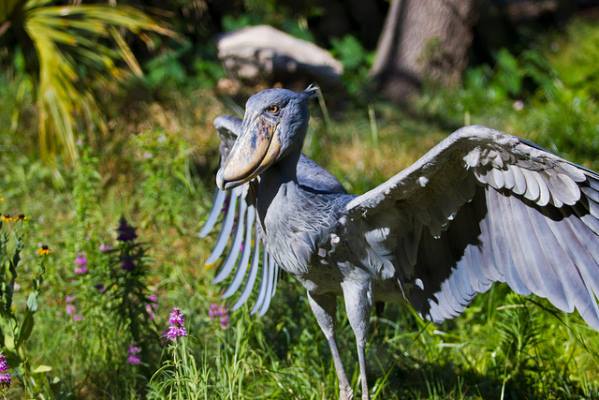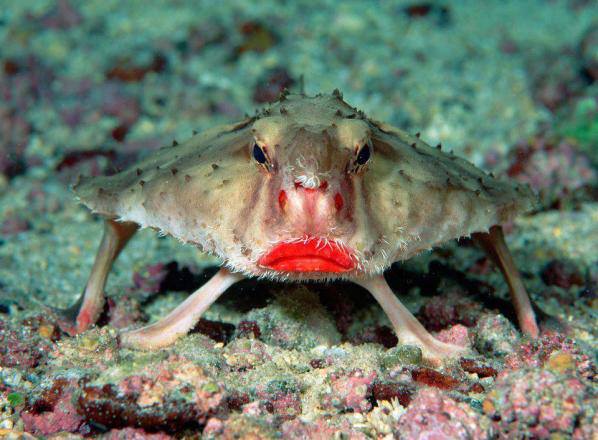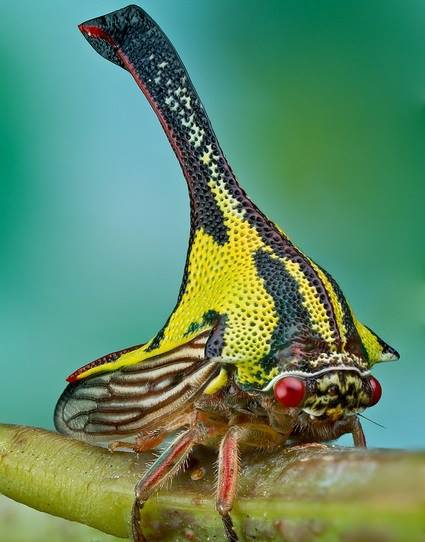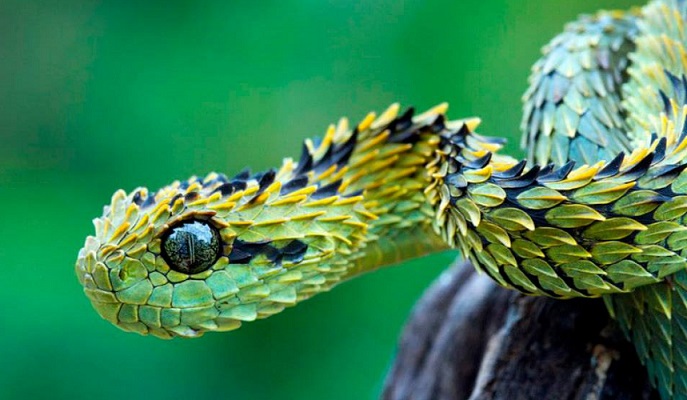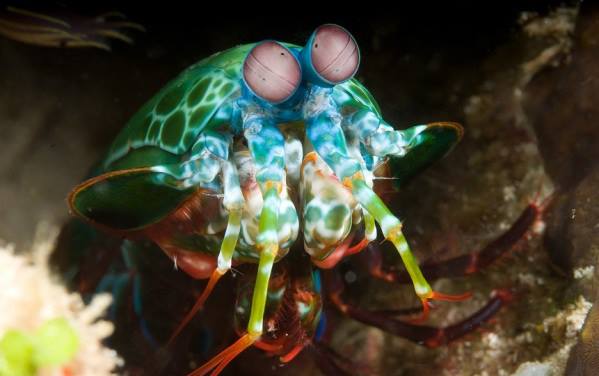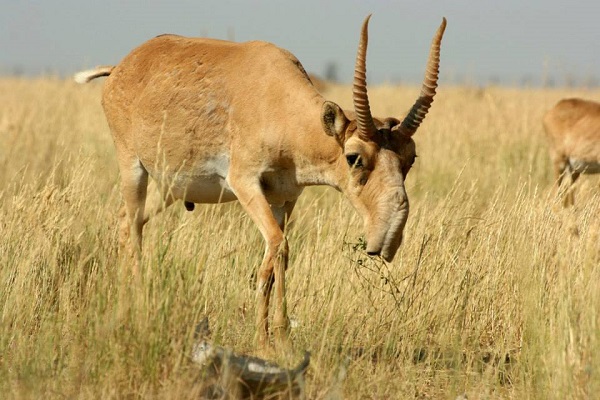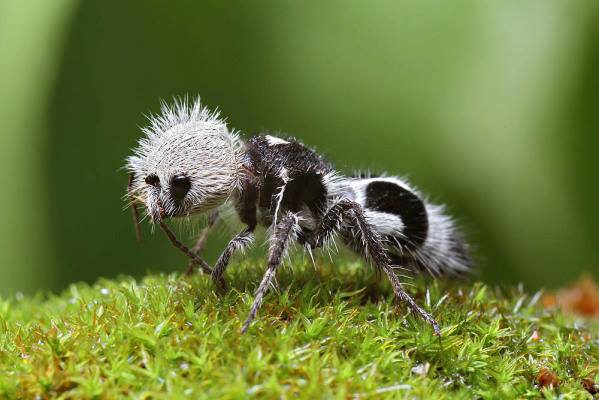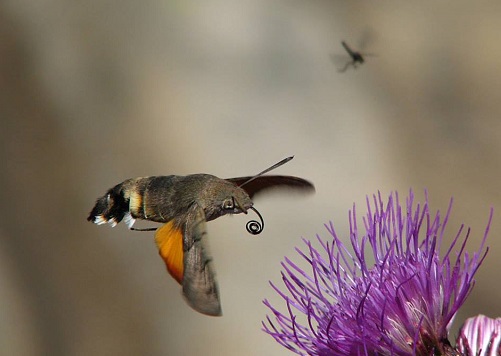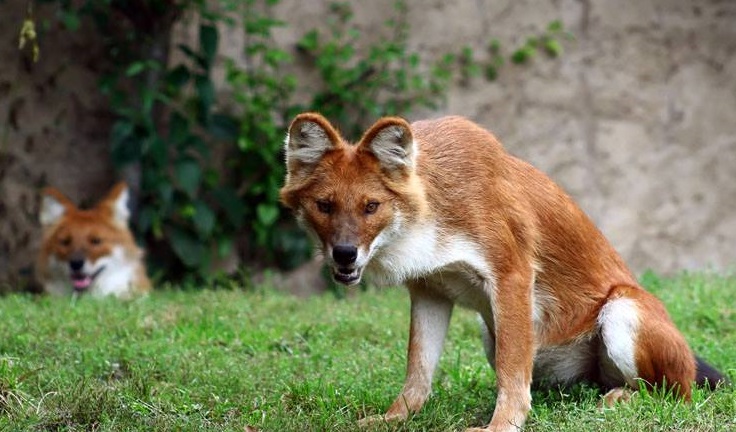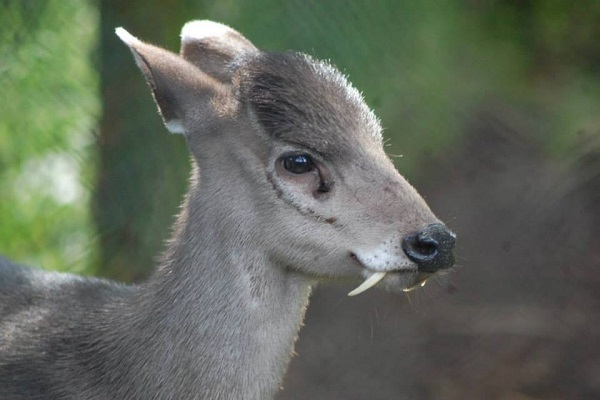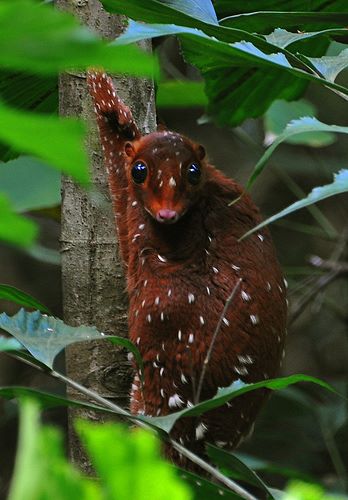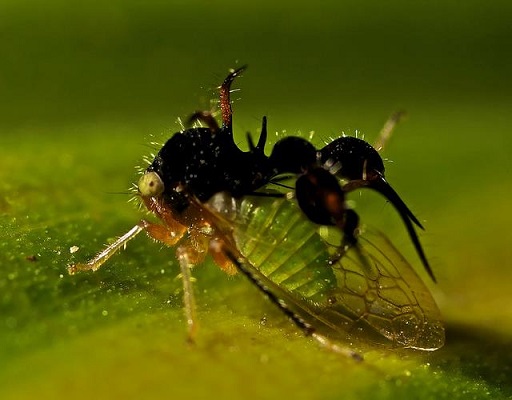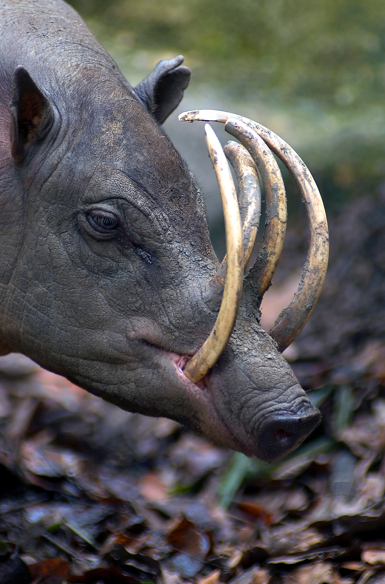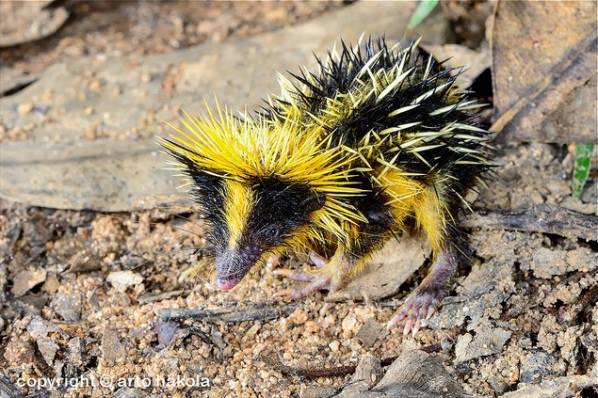1. The Shoebill
The Shoebill (Balaeniceps rex) also known as Whalehead or Shoe-billed Stork, is a very large stork-like bird. It derives its name from its massive shoe-shaped bill. Although it has a somewhat stork-like overall form and has previously been classified in the order Ciconiiformes, its true affiliations with other living birds is ambiguous. Some authorities now reclassify it with the Pelecaniformes. The adult is mainly grey while the juveniles are browner. It lives in tropical east Africa in large swamps from Sudan to Zambia.
2. Red-Lipped Batfish
The red-lipped batfish or Galapagos batfish (Ogcocephalus darwini) is a fish of unusual morphology found on the Galapagos Islands in depths of 30m or more. Red-lipped batfish are closely related to rosy-lipped batfish (Ogcocephalus porrectus), which are found near Cocos Island off the coast of Costa Rica. This fish is mainly known for its bright red lips.
3. The Umbonia Spinosa
What exactly is this alienesque creature? Scientists are still quite confused about this species, although it is believed that they are related to cicadas. The Umbonia Spinosa use their beaks to pierce plant stems to feed upon their sap. We’re fascinated by the creature’s large and colorful body!
4. The Bush Viper
The Bush Viper lives in the trees of the tropical forests in Africa, and it does most of its hunting at night. As if snakes weren’t already scary enough, this one looks as though it’s covered in hundreds of spiky leaves!
5. The Mantis Shrimp
The Mantis Shrimp also has a few other nicknames, such as “sea locusts“, “prawn killers” and “thumb splitters”. But did you know that this is one of the most common predators in tropical and sub-tropical waters? We thought this creature was just some kind of rare, psychedelic crustacean!
6. The Saiga Antelope
The Saiga Antelope is known for its extremely unusual, over-sized, flexible nose structure – a strange sight indeed! We think they’re still incredibly cute though. The sad news is that these creatures are critically endangered and it is already completely extinct in China and southwestern Mongolia.
7. The Panda Ant
The Mutillidae are a family of more than 3,000 species of wasps (despite the names) whose wingless females resemble large, hairy ants. Their common name velvet ant refers to their dense pile of hair which most often is bright scarlet or orange, but may also be black, white, silver, or gold. Black and white specimens are sometimes known as panda ants due to their hair coloration resembling that of the Chinese giant panda. Their bright colours serve as aposematic signals. They are known for their extremely painful stings, hence the common name cow killer or cow ant. Unlike a real ant, they do not have drones, workers, and queens. However, velvet ants do exhibit haplodiploid sex determination similar to other members of Vespoidea.
8. The Hummingbird Hawk-Moth
Macroglossum stellatarum, known as the Hummingbird Hawk-moth or sometimes the Hummingmoth, is a species of Sphingidae. Its long proboscis and its hovering behaviour, accompanied by an audible humming noise, make it look remarkably like a hummingbird while feeding on flowers. It should not be confused with the moths called hummingbird moths in North America, genus Hemaris, members of the same family and with similar appearance and behavior. The resemblance to hummingbirds is an example of convergent evolution. It flies during the day, especially in bright sunshine, but also at dusk, dawn, and even in the rain, which is unusual for even diurnal hawkmoths. Its visual abilities have been much studied, and it has been shown to have a relatively good ability to learn colours.
9. The Narwhal
The narwhal, or narwhale, (Monodon monoceros) is a medium-sized toothed whale that lives year-round in the Arctic. One of two living species of whale in the Monodontidae family, along with the beluga whale, narwhal males are distinguished by a long, straight, helical tusk, actually an elongated upper left canine.
10. The Indian Purple Frog
It can be found in the Western Ghats in India. Names in English that have been used for this species are purple frog, Indian purple frog or pignose frog.
11. The Dhole
The Dhole is a species of canid native to South and Southeast Asia. The dhole is a highly social animal, living in large clans which occasionally split up into small packs to hunt. It primarily preys on medium-sized ungulates, which it hunts by tiring them out in long chases, and kills by disemboweling them. Though fearful of humans, dhole packs are bold enough to attack large and dangerous animals such as wild boar, water buffalo, and even tigers.
12. Tufted Deer
The Tufted Deer is a small species of deer characterized by the prominent tuft of black hair on its forehead. It is a close relative of the muntjac, living somewhat further north over a wide area of central China. It is a timid animal, mainly solitary or found in pairs and prefers places with good cover, where it is well camouflaged.
known as The Sunda flying lemur, it is not actually a lemur and does not fly. Instead, it glides as it leaps among trees. It is strictly arboreal, is active at night, and feeds on soft plant parts such as young leaves, shoots, flowers, and fruits. The Sunda Coluga can be found throughout Southeast Asia in Indonesia, Thailand, Malaysia, and Singapore.
13. Sunda Colugo
Also known as The Sunda flying lemur, it is not actually a lemur and does not fly. Instead, it glides as it leaps among trees. It is strictly arboreal, is active at night, and feeds on soft plant parts such as young leaves, shoots, flowers, and fruits. The Sunda Coluga can be found throughout Southeast Asia in Indonesia, Thailand, Malaysia, and Singapore.
14. Southern Right Whale Dolphin
The southern right whale dolphin is a small and slender species of mammal found in cool waters of the southern hemisphere. They are fast active swimmers and have no visible teeth and no dorsal fin. They are very graceful and often move by leaping out of the water continuously.
15. Cyphonia Clavata
It is a species of treehopper called Cyphonia Clavata that literally has an ant growing out of its head. Well not literally, the ant-like thing on its head is an appendage that hides the treehopper’s actual body from predators.
16. The Babirusa
Babirusa, meaning “Hog-deer”, are members of the pig family found in Wallacea, or specifically the Indonesian islands of Sulawesi, Togian, Sula and Buru. If a babirusa does not grind its tusks (achievable through regular activity), they will eventually keep growing so as to penetrate the animal’s own skull.
17. Lowland Streaked Tenrec
This here is a Lowland Streaked Tenrec, and although it may have a cute face, just take a look at those sharp spikes on its body! This creature is found in Madagascar, Africa, and it is reportedly the only mammal known to use stridulation for generating sound – something that’s usually associated with snakes and insects.

